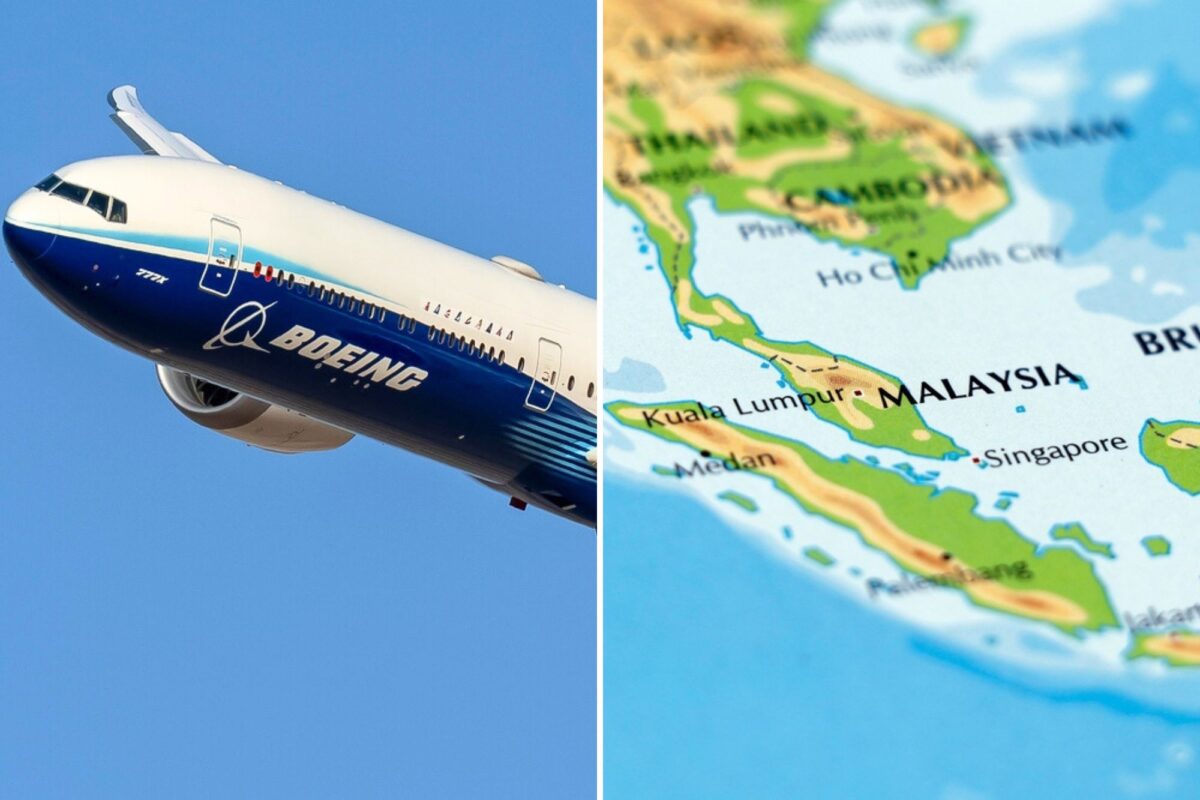A rising middle class and above global average economic growth will be the main factors behind Southeast Asia’s triple air traffic growth over the next twenty years, according to Boeing’s 2024 Commercial Market Outlook report on the region.
According to the report, passenger air traffic in Southeast Asia should grow 7.2% annually until 2043, well above the 4.7% average annual growth rate globally.
“With Southeast Asia’s economy forecast to have the second-highest growth rate among global regions, rising household incomes will bring new consumers into this aviation market, fueling growth for low cost and leisure business models,” David Schulte, Managing Director of Boeing Commercial Marketing for Northeast Asia, Southeast Asia and Oceania said in a statement.
“Southeast Asia’s growing fleet – especially single-aisle airplanes – will play an important role in further connecting the region’s island geography and serving travel demand across the Asia-Pacific region, particularly routes to China and Northeast Asia,” Schulte added.
Sustainable aviation is also expected to grow in Southeast Asia, a region that has lagged behind Europe and North America in terms of sustainability efforts and government mandates regarding the use of sustainable aviation fuel (SAF).
Nearly 1,200 new, more fuel-efficient airplanes will replace aging jets in the region over the next 20 years, Boeing said. It’s also reckoned that, as global aviation aims to achieve net-zero by 2050, the Southeast Asian region’s available bio-based feedstocks can supply approximately 12% of global SAF demand.
The 20-year forecast also included the following predictions:
- Southeast Asia operators will need to hire and train 234,000 new pilots, maintenance technicians and cabin crew – more than tripling the region’s active personnel.
- Airlines in Southeast Asia will expand their share of the Asia-Pacific fleet from 17% to 25%.
- To meet long-haul demand, widebodies like the 787 Dreamliner will make up one in five deliveries in Southeast Asia.
- The region will need more than 120 new and converted freighters to support increasingly diversified global supply chains, as well as growing e-commerce demand.

